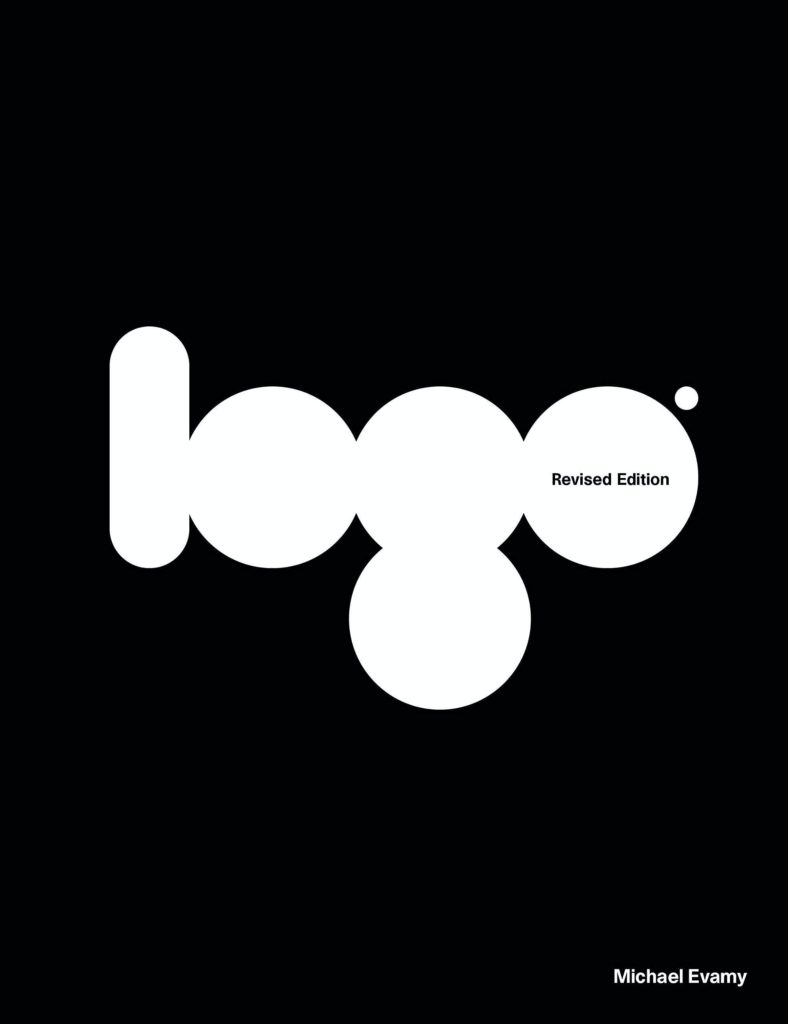There’s a lot that’s different about the new edition of my book, Logo, which has just been published by Laurence King. Fourteen years on from its original publication, it’s high time things changed.
The content of the book is tangibly different. Around a third of the wordmarks and symbols from the first book have gone, replaced by 600 of more recent vintage, bringing the total number of marks up to 1,500. It’s a major transfusion of new material and a few classics, collected and selected from around 100 of the most accomplished and original practitioners in the field.
Much has changed in logo design since the original edition was published. In 2007, the creative world was in thrall to skeuomorphic user interfaces and 3D icons. Curves, contours and complex colour gradients were deceiving the eye everywhere you looked. Super-reflective metallic crests made the leap from car bonnets to the printed page, amoebic globes and amorphous blobs clung to wordmarks, and nameless dripping liquids strained bandwidth as they animated home pages.
Today, post-Trump, post-Cummings, mid-pandemic, we long for truth and transparency. We’re cautious about engaging. We want things we can rely on. Marketers and brands strive to give us authenticity, which in the hands of some comes in the form of male models dressed as if they’ve just come from building the Manchester Ship Canal, and in others is a stripped-down, no-frills design approach that aspires to timelessness, economy and longevity.
Sign in
This content was originally published here.


